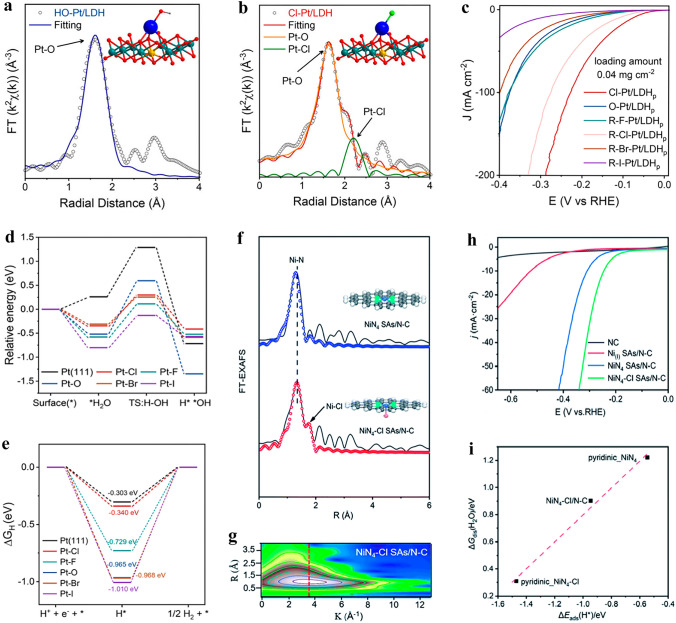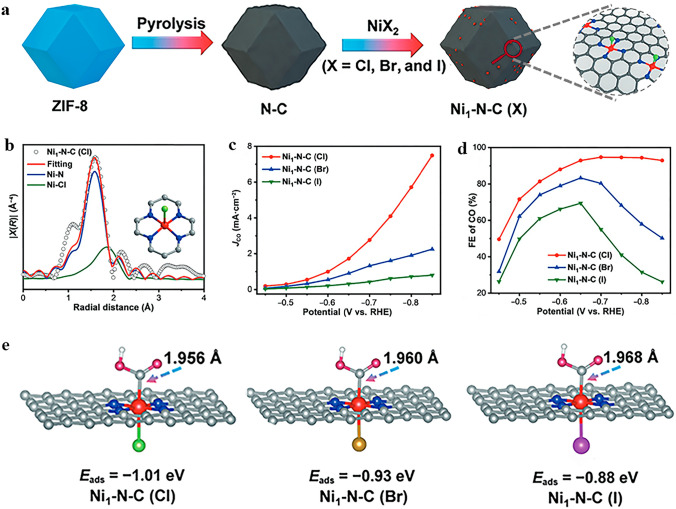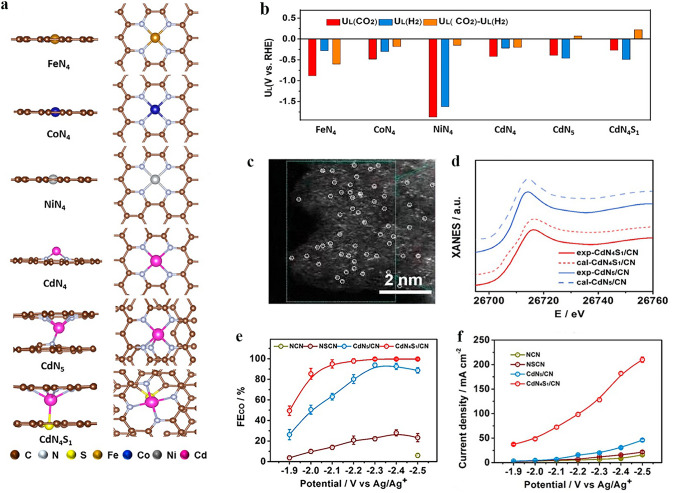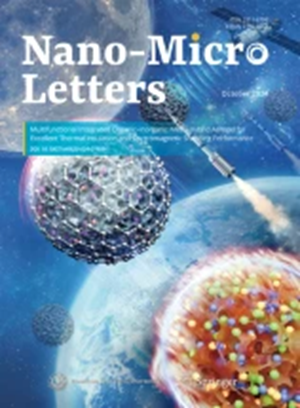Advances on Axial Coordination Design of Single-Atom Catalysts for Energy Electrocatalysis: A Review
Abstract
Single-atom catalysts (SACs) have garnered increasingly growing attention in renewable energy scenarios, especially in electrocatalysis due to their unique high efficiency of atom utilization and flexible electronic structure adjustability. The intensive efforts towards the rational design and synthesis of SACs with versatile local configurations have significantly accelerated the development of efficient and sustainable electrocatalysts for a wide range of electrochemical applications. As an emergent coordination avenue, intentionally breaking the planar symmetry of SACs by adding ligands in the axial direction of metal single atoms offers a novel approach for the tuning of both geometric and electronic structures, thereby enhancing electrocatalytic performance at active sites. In this review, we briefly outline the burgeoning research topic of axially coordinated SACs and provide a comprehensive summary of the recent advances in their synthetic strategies and electrocatalytic applications. Besides, the challenges and outlooks in this research field have also been emphasized. The present review provides an in-depth and comprehensive understanding of the axial coordination design of SACs, which could bring new perspectives and solutions for fine regulation of the electronic structures of SACs catering to high-performing energy electrocatalysis.




 求助内容:
求助内容: 应助结果提醒方式:
应助结果提醒方式:


